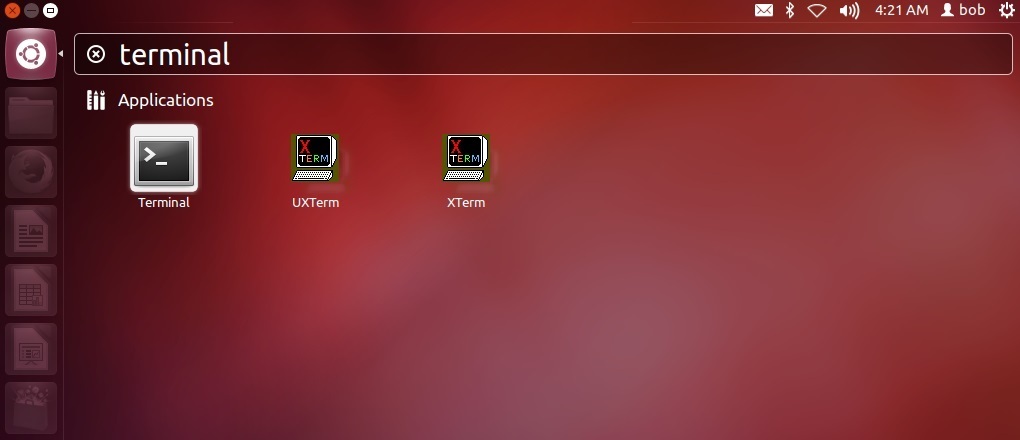
See Appendix A - Platform Specifics for more details. This "busy detection" feature is only available on Mac, Linux, and RStudio Workbench / RStudio Server and not on Windows. Programs running in a terminal do not block the rest of the RStudio user-interface, so work can continue working in RStudio even when one or more terminal sessions have a child process running.Ī terminal with child processes is considered busy by RStudio, and will have (busy) next to its name, and the close changes to a stop button. Note that the Run Script button does the same as prior versions of RStudio, and will save and run the entire script via system() in the R Console. This will also work on Windows, but no check is done that the shell-type loaded in the active terminal session matches the commands being sent. If a shell file is being edited ( *.sh), Ctrl+Enter (plus Cmd+Enter on Mac) can be used to single-step, as can the Run toolbar button. This is just an example for more powerful integrated Python support look at the reticulate package. In following example, a simple Python source file was loaded, a Python interpreter started in the current terminal, and Ctrl+Alt+Enter used to step through the script:

When editing files in the RStudio editor, any selection (or the current line if nothing is selected) can be sent to the active terminal via Ctrl+Alt+Enter (also Cmd+Alt+Enter on the Mac). If a single-line was sent to the terminal the cursor will advance automatically to the next line, allowing single-stepping. For more details, see Terminal Architecture and Lifetime.Īn alternative (or complementary) approach is to use a terminal multiplexer as described in Advanced - Using Tmux or Screen. A collection of named terminals, or "terminal set", is generally associated with an RStudio project. Thus, in your workflow, you can create multiple terminals and give them meaningful names to simplify navigation. For example, renaming "Terminal 3" to "Remote Session" in the previous example gives this: Rename the current terminal via the Rename Terminal command on the drop-down. Terminal sessions have a default name, "Terminal 1", "Terminal 2", and so on. The dropdown button shows the name of the currently selected terminal session ("Terminal 3" in the following screenshot): Switch between them by (1) using the arrows next to the drop-down menu, (2) clicking on the terminal's name in the drop-down, or (3) using the Previous Terminal/ Next Terminal drop-down menu commands. To start another terminal session, use the New Terminal command on the Terminal dropdown menu, or Alt+Shift+R.Įach terminal session is independent, with its own system shell process and buffer. RStudio supports multiple terminal sessions. The visual appearance of the terminal is controlled via the Tools->Global Options->Appearance settings. Here's a terminal with the output of simple command: Most terminal-related commands can be found on the Terminal dropdown menu in the terminal pane, and on the Tools->Terminal menu.
#OPEN TERMINAL LINUX FULL#
#OPEN TERMINAL LINUX HOW TO#
This article does not attempt to cover fundamentals on when and how to use a system shell. Potential uses of the shell including advanced source control operations, execution of long-running jobs, remote logins, system administration of RStudio Workbench or RStudio Server, and the aforementioned full-screen terminal programs.

It supports full-screen terminal applications such as vim, Emacs, and tmux as, well as regular command-line operations with line-editing and shell history. The RStudio terminal provides access to the system shell from within the RStudio IDE.

Appendix C - Options (Mac/Linux/Server-Only).Advanced - Workbench Support for Multiple R Versions.Advanced - Terminal Architecture and Lifetime.This article has been updated to reflect the RStudio terminal feature as of version 2022.07.1+554 of the RStudio IDE.


 0 kommentar(er)
0 kommentar(er)
